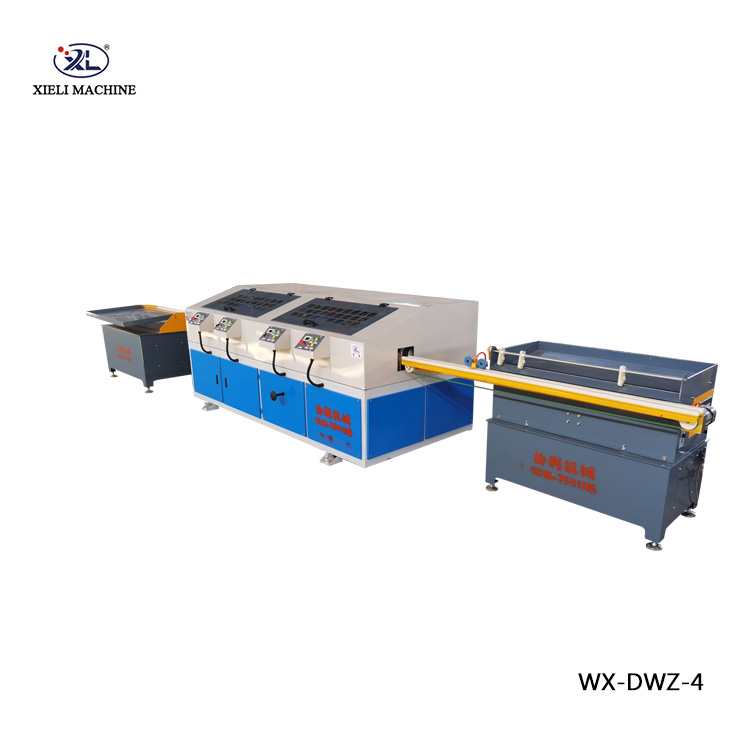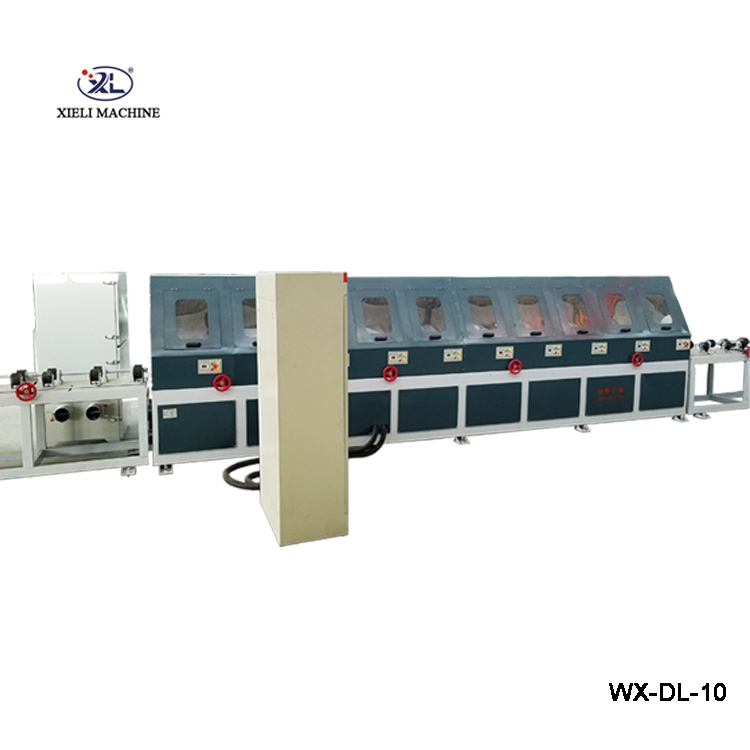The Centerless Surface Grinder An Essential Tool for Precision Engineering
In the realm of precision machining, the centerless surface grinder stands out as an essential tool for manufacturers looking to achieve exceptional accuracy and surface finish in their products. This unique type of grinding machine is specifically designed to process cylindrical or rotary parts, providing a level of precision that is indispensable in industries such as aerospace, automotive, and medical device manufacturing.
How Centerless Grinding Works
The fundamental difference between centerless grinding and conventional grinding is that the workpiece is not held by centers or fixtures. Instead, it is supported by a combination of rollers and grinding wheels that allow it to be processed without any point of contact at either end. In a typical centerless grinding setup, the part is placed between two grinding wheels—the grinding wheel that performs the actual grinding and a regulating wheel that controls the part's rotation and feed rate.
The workpiece is mounted on a work rest, which is adjustable to accommodate various part sizes. As the grinding wheel rotates at high speed, it grinds the surface of the workpiece while the regulating wheel ensures proper alignment and guides the part through the grinding process. This method of grinding allows for continuous operation and high-volume production with minimal setup time, making it an attractive option for manufacturers.
Advantages of Centerless Grinding
Centerless surface grinding offers numerous advantages that make it a preferred method in many manufacturing environments
1. Higher Productivity Because the process is continuous, centerless grinders can produce parts more quickly than traditional grinding machines. The ability to load multiple parts simultaneously also contributes to increased efficiency.
2. Consistent Precision The design of centerless grinders ensures that each workpiece is processed uniformly. This is critical for parts that require tight tolerances, as even minor variations can lead to significant issues in quality.
centerless surface grinder

3. Reduced Setup Time Centerless grinders require less time for setup compared to conventional grinders. This translates to less downtime and more operational hours, important factors in high-demand manufacturing environments.
4. Versatility These machines can grind a wide variety of shapes and sizes, accommodating diverse production runs. They can be adjusted to handle different materials, from metals to plastics, making them highly versatile in production capabilities.
5. Better Surface Finish Centerless grinding achieves superior surface finishes, an essential requirement for components that will be subjected to wear, friction, or other stresses. The uniformity of the grinding action minimizes the risk of introducing defects.
Applications of Centerless Surface Grinding
Centerless surface grinding is utilized in a wide range of applications where precision and efficiency are paramount. In the automotive industry, it’s common to find centerless grinders used to produce shafts, bearings, and other components. The aerospace sector also benefits from the technology, as critical parts such as landing gear components require exacting standards both for performance and safety.
Moreover, medical device manufacturing relies heavily on centerless grinding to produce components like guide wires and other precise instruments. The need for cleanliness and exact specifications makes centerless grinding a favorable choice in this industry.
Conclusion
The centerless surface grinder has become a cornerstone of precision engineering, enabling manufacturers to achieve high efficiency and reliability in their production processes. Its unique method of handling workpieces without traditional fixturing not only enhances productivity but also guarantees that parts meet stringent quality standards. As technologies continue to evolve, the role of centerless grinding will likely grow, adapting to the changing demands of modern manufacturing and paving the way for innovations in precision machining. Businesses looking to remain competitive in a fast-paced market should consider investing in centerless surface grinding technology to enhance their production capabilities and output quality.





